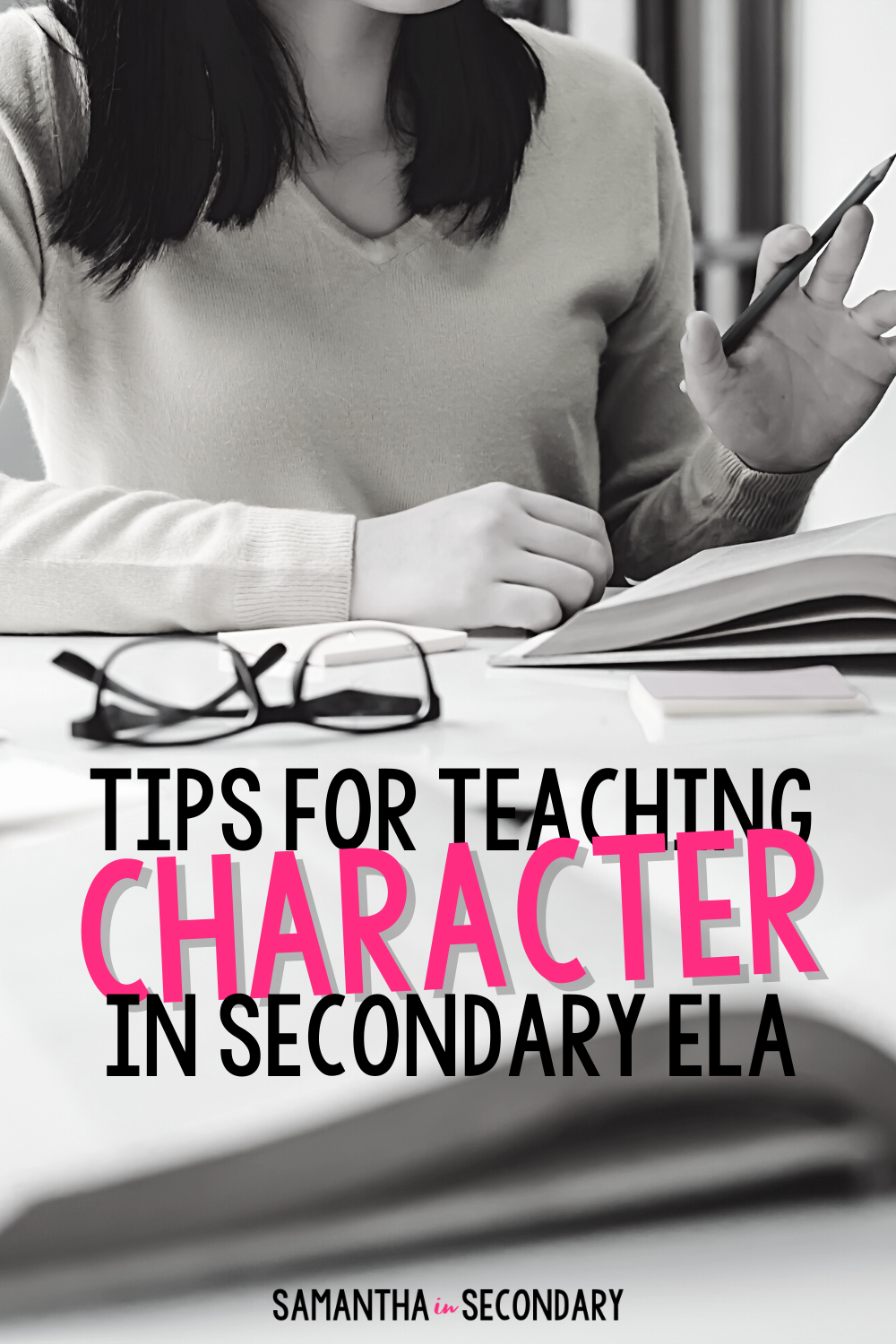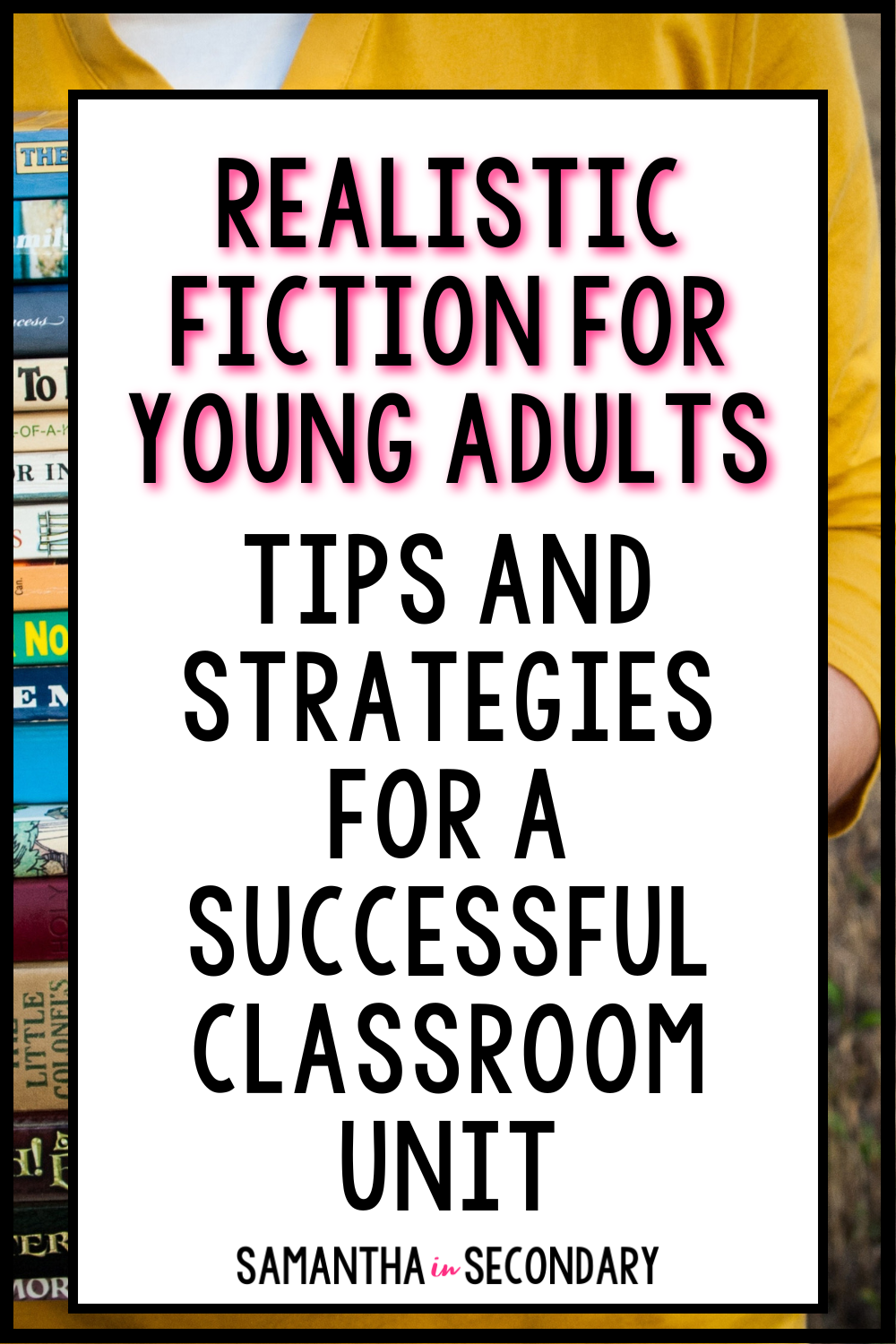Character can be a difficult standard to tackle in the secondary English Language Arts classroom, but it doesn’t have to be. I could talk all day about the importance of understanding character development and why I think breaking down a character’s values and motivations is an important skill students will find applicable in the real world, but I’m an English teacher and this is my bread and butter. My students, on the other hand, sometimes need me to not only give them explicit reasoning, but also make it fun and readily accessible. Read on for some of my top tips for teaching about character.

1. Class Character Brainstorm
I love class brainstorm sessions. There are a lot of great ways to go about it, depending on your class culture and what you feel works best with your students. Everyone can take some time to write their own thoughts, you can put together a gallery walk to review different ideas, you can put together virtual options using a tool like Jamboard, or you can break out the funky colored dry erase markers and brainstorm on the whiteboard together. Have students think about what makes a “good” character. Not necessarily “good” like a hero, but someone memorable. Discuss their favorite examples to make the definitions stick with them. This creates an excellent list to refer to as you continue instruction or compare to future texts.
2. Provide Explicit Instruction
Be detailed in your instruction. Even secondary students benefit from being explicitly told what to look for and how to define characters. Quick, to-the-point activities with explicit instruction is the best way to hammer in those finer details of characterization. My Character Mini-Lesson helps students learn about the literary element as well as the characterization strategy PAIRS. It’s printable, digital, and easily implemented into learning management systems like Google Classroom, Schoology, Canvas, etc. Providing your students with a strong foundation will allow them to more deeply analyze character in future tasks.
3. “Who Am I” Game
Games sometimes get a bad rap, but this is a perfect option for teaching characterization to students. Put together categories of famous characters and celebrities and coordinate a class-wide “Who Am I” Game. It’s fun, engaging, and helps students identify characters they are already familiar with so they can focus on applying what they’ve learned so far.
If you download my Character Mini-Lesson, you’ll get the game ready to print-and-go!
4. PAIRS Strategy
“PAIRS” is an easy way for students to recall what they’ve learned about characterization and apply it to any character they need to study. Students look for the following items: Physical Descriptions, Actions, Inner Thoughts, Reactions, and Speech. Use PAIRS as a quick assessment with students, or have them work on various PAIRS for characters they need to remember in a text. You can format this strategy in a variety of ways: bookmarks, flipbooks, charts in your room, posters, group work, or create interactive worksheets to use digitally. There are a lot of acronyms out there for character analysis, but I have found in my years of using most of them that PAIRS has been easiest for my students to understand and remember.
5. Engaging Analysis Activities
Culminate your character studies with engaging analysis activities. Essays are certainly a necessary evil sometimes, but you can break up the pen-to-paper analysis monotony with some other options. My Character Analysis Bundle is a great place to start if you’re looking for a variety of options that you can use all year long and apply to any text. Create an “autopsy” character analysis, craft a musical soundtrack for any character, and build a puzzle that will help students analyze character relationships. These projects can be used for any character or text. Keep them in your back pocket and use them throughout the year. You’ll be amazed at the quality of work you get when your students are invested in an engaging project.
What are your favorite ways to teach character in your secondary ELA classrooms? Share your favorites in the comments below!
Happy teaching!












